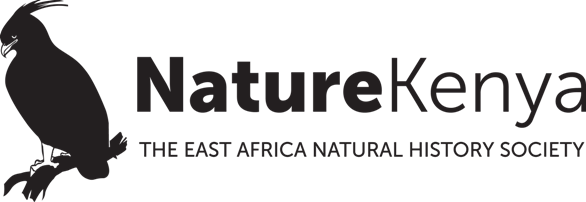One of the results of deforestation is global warming. Trees and plants take in carbon dioxide and release oxygen back into the air. When we cut trees, a lot of the carbon dioxide released finds its way into the atmosphere. The carbon combines with other gases and absorbs sunlight. Normally, the radiation is supposed to escape into space but these gases, which last up to centuries, trap the heat in the atmosphere and causes the planet to get hotter. This is known as the greenhouse effect.
At St. Andrews Preparatory School, Turi, we are always encouraged to do something that would benefit the community, so I decided to plant some trees to help reduce the amount of deforestation and its impacts on our atmosphere. At school, we have a program called ‘Love in Action’. As part of this program, we eat simple lunches and wear our home clothes. We also contribute Ksh.100 from our tuck money to give to the people in need at the school’s charity, the Turi Children’s Project.
We also try and reduce, if not eliminate, food wastage. With less wastage, there would be less need for more land for agriculture. This would reduce deforestation. More land would also be available for the planting of trees.
People also cut down trees for fuelwood for cooking and to make homes warm. Trees also provide timber used for furniture and building. This means that we need to use trees sustainably, by planting as much as or more than we cut down. That’s why I decided to be part of the solution and plant trees, not of the problem by cutting them down.
Because of their many uses, we cannot stop cutting down trees completely. For that matter, for every tree we cut down, we should plant one or two in return. That way, we will continue to use trees sustainably for timber and fuelwood. That way, we will have a win-win situation.
Patricia Owiyo is a budding 11-year-old naturalist who is on a mission to conserve Kenya’s foresst. Patricia is a pupil at St Andrew’s Preparatory School Turi, Nakuru. The disruption of the school calendar by the Covid-19 pandemic made her come up with an initiative to grow trees in degraded forests. Patricia funds her tree-growing activities from savings made from sales of her handicrafts. Last month Patricia donated 400 tree seedlings to the Kijabe Environmental Volunteers (KENVO) for planting in Kereita forest, Kikuyu escarpment. Through friends, Patricia was also linked to Nature Kenya for support and guidance in her dream journey to grow at least 1,000 trees by 2021.
